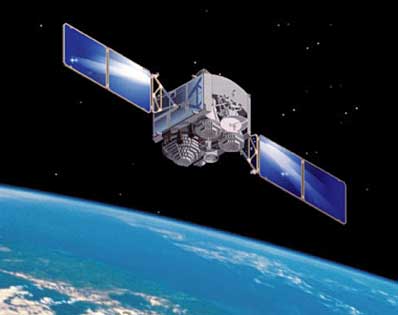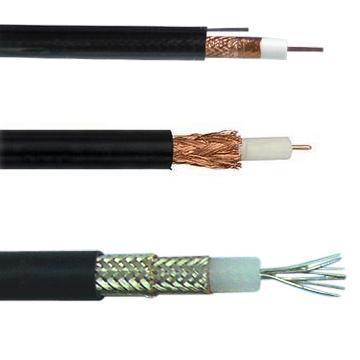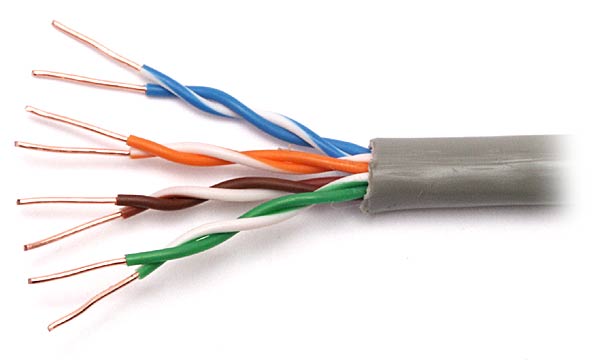ASSALAMUALAIKUM . .
In this entry,i wanna talk about HIJAB. jyeah!(tiba2 -_-)..zaman sekarang ramai muslimah yang dah berhijab or jilbab or tudong. haha. especially in Malaysia even Asia,kan ?
Tapi ramai kata sebab gelombang fesyen. apa ??(merepek dah).. lebih kurang macam ikutan la. coz fesyen sangat penting bagi wanita. hoho. thats why la kan...
Macam2 fesyen hijab sekarang,terutamanya y belit2 tu,famous sangat~ ahak,and the boys bila nampak kawan,adik or kakak even mom diorang pakai that style mesti cakap 'pakai la belit2 tu,tercekik mati baru tau...' ergh -_- HELLO ! ITS CANTIK OKAY~ (haha)
but the best part,ramai yang dari fesyen then amalkan terus jadi muslimah sejati.Alhamdullilah,thats good dear :).but ada yang kata nak pakai tudong kene ikhlas,tak boleh paksa2 or the famous malaysian line 'jangan sebab nak ikut fesyen terkini kau pakai tudong' humm,that's right but . . .
telah tertulis semuanya begini,so nak tak nak kita sebagai muslimah kena ikut,tak kiralah paksa atau rela,kena jugak ikut.mungkin dari paksa,sikit demi sikit kita akan terbiasa dan amalkan,right?sampai bila nak tunggu rela?we don't know when we die,didn't we?.and maybe dari ikutan fesyen pun akan buatkan kita selesa dengan berhijab :) .
as a human,of course kita tak perfect.selalu buat salah.kita pun tak tau berapa banyak dosa and pahala kita.so dengan ikut salah satu perintah Allah ni,bolelah ringankan sikit dosa kita,betol kan?
so girls!!!jerit ni kuat2 dalam hati and start to be a true muslimah . . .
think about it.this is just my aponion,okay? don't think it... oh watever.
THANKS READERS !!!!




















